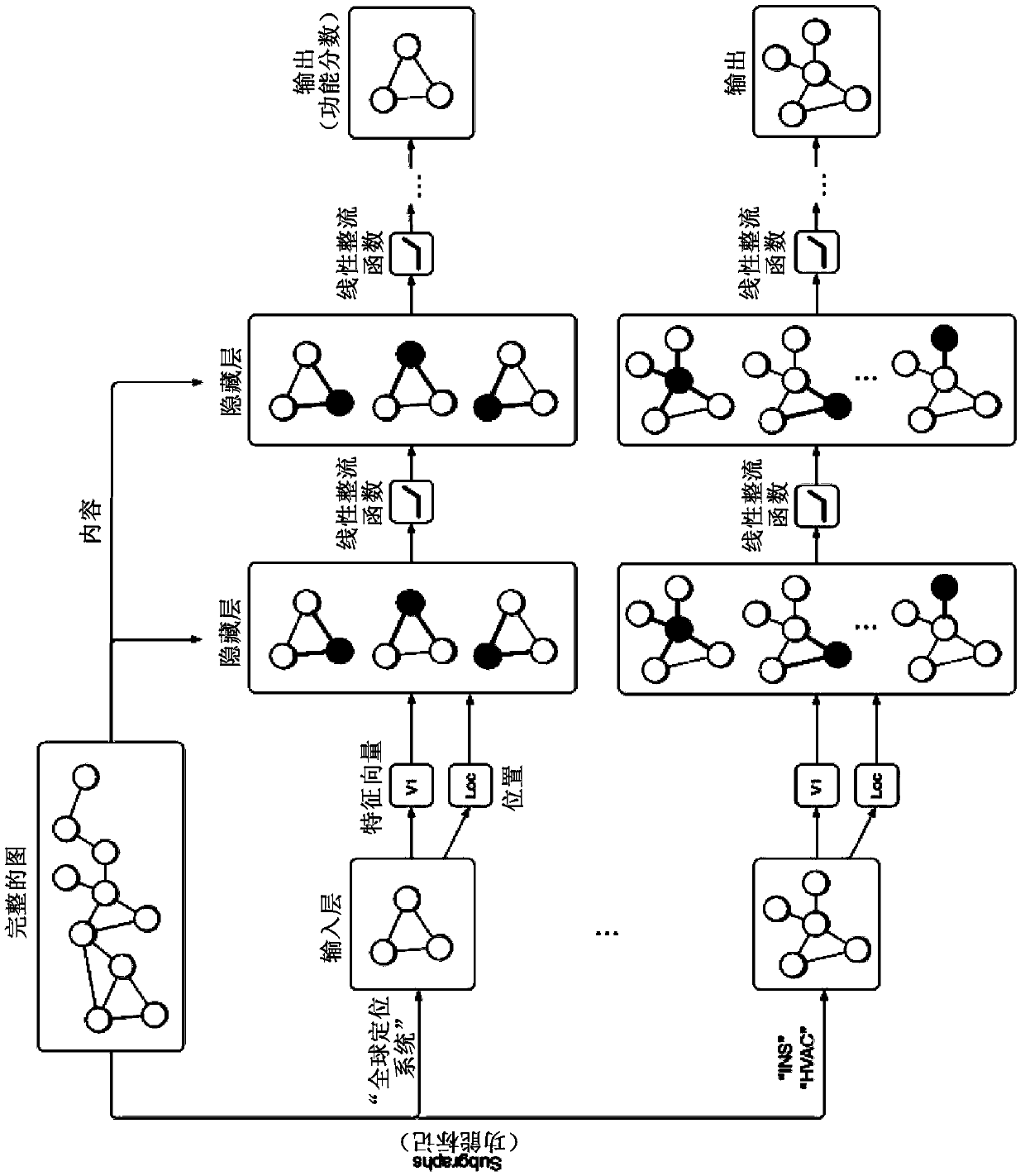Sgcnn: structural graph convolutional neural network
A convolutional neural network and subgraph technology, applied in the field of SGCNN: structured graph-based convolutional neural network, can solve the problem that the graph kernel is not enough to complete
- Summary
- Abstract
- Description
- Claims
- Application Information
AI Technical Summary
Problems solved by technology
Method used
Image
Examples
Embodiment Construction
[0027] The following disclosure describes the invention in terms of several embodiments related to methods, systems, and apparatus related to structured graph-based convolutional neural networks (SGCNNs) capable of The hierarchy performs graph-invariant learning tasks. The SGCNN architecture performs training tasks at the graph / subgraph level. The architecture provides many other benefits over traditional solutions, including new graph feature compression for graph-based learning based on Node2Vec embeddings; path-based neighbor nodes that aggregate vertex-domain neighbor node information onto subgraphs Ensemble methods; and convolution kernels for subgraphs that can perform graph-invariant convolution operations on graphs or subgraphs.
[0028] In the following disclosure, a graph is defined as G=(V,E), where V is the set of vertices and E is the set of edges. In some embodiments, graph edges may be weighted and directed. However, for simplicity, the following description ...
PUM
 Login to View More
Login to View More Abstract
Description
Claims
Application Information
 Login to View More
Login to View More - R&D
- Intellectual Property
- Life Sciences
- Materials
- Tech Scout
- Unparalleled Data Quality
- Higher Quality Content
- 60% Fewer Hallucinations
Browse by: Latest US Patents, China's latest patents, Technical Efficacy Thesaurus, Application Domain, Technology Topic, Popular Technical Reports.
© 2025 PatSnap. All rights reserved.Legal|Privacy policy|Modern Slavery Act Transparency Statement|Sitemap|About US| Contact US: help@patsnap.com



